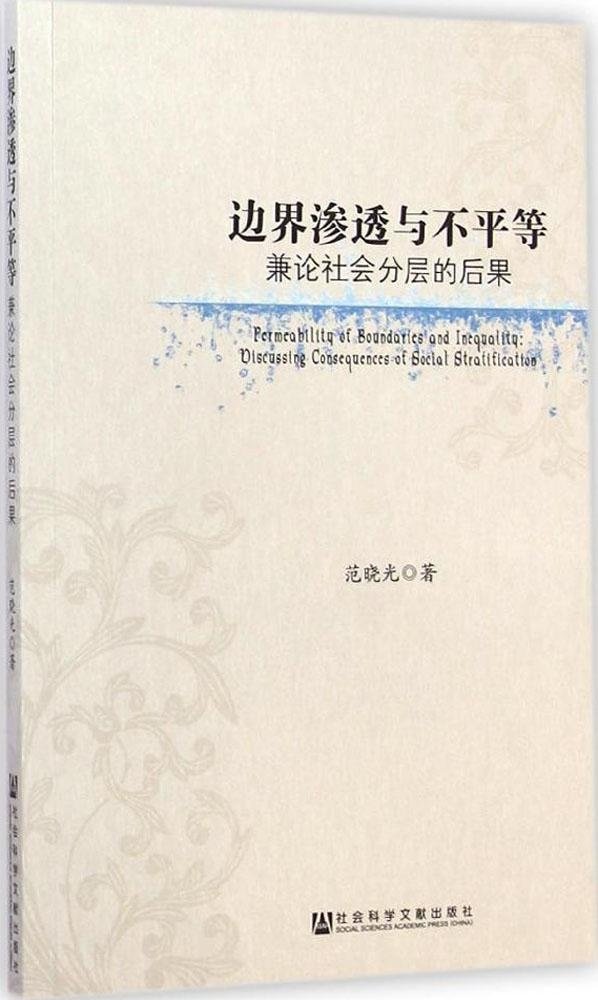Permeability of boundaries reveals social inequality

Permeability of Boundaries and Inequality: Discussing Consequences of Social Stratification
Author: Fan Xiaoguang
Publisher: Social Sciences Academic Press (China)
Social stratification is one of the most mature subjects within the study of sociology. However, increasingly complicated statistical technology and the previous theoretical tradition have made it inaccessible to beginners. A recent book by Fan Xiaoguang summarizes a few core concepts on social stratification and flow and then plants them in real-life scenarios through empirical analysis, putting theories into practical use.
When thinking of stratification, it is easier to imagine stairs. In this case, the step on the top of each stair serves as the boundary of such stratification. Naturally, “permeability of boundaries” describes the phenomenon when a person moves from one stair to another. As the author puts it, this is one of the basic paradigms of class analysis. When individuals transcend social boundaries, they also cross the symbolic boundaries.
Social boundaries are largely attributable to inequality in resources and opportunity allocation while in general they reflect economic discrepancies, levels of education and social status. Symbolic boundaries more often refer to divisions in ideology, such as clothing and taste.
Previous works on social stratification focused more on social boundaries, whereas discussions of symbolic boundaries have been relatively rare. Permeability of Boundaries and Inequality: Discussing Consequences of Social Stratification strives to strike a balance, thoroughly reflecting on the four main explanations and arguments in terms of permeability of boundaries.
In addition, it sorts out the mechanisms through which social stratification leads to inequality with the aid of boundary permeability theory. While including social and symbolic boundaries, the discussion is carried out in three dimensions. It looks at the influence of family on the status and education level of the second generation as well as the third generation. Such a classification dovetails with the research on social intergenerational mobility.
The author goes beyond the theoretical analysis to include reviews of the related statistical models and techniques.
A person’s status is in constant flux throughout their lifetime, as are social and symbolic boundaries. The book delves into intergenerational mobility, known as status attainment, from five perspectives, namely, “loyalty-capacity,” “enterprise-organization,” “structure-barriers,” “network-processes,” and “education-reproduction” in an effort to challenge the dominant structuralism expression.
In conclusion, the goal of boundary permeability research is to understand the formation and transcendence of boundaries, thus revealing the roots of social inequality.
Lü Peng is from the Institute of Sociology at the Chinese Academy of Social Sciences.
